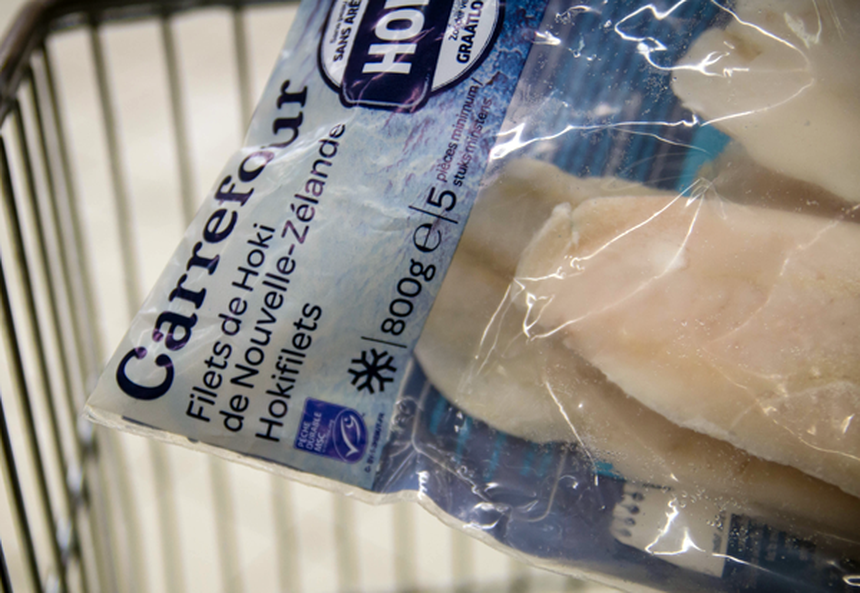Overview
Fisheries are composed of one or more parts, each of which is entitled to receive an MSC certificate. These parts or “units” are defined by their target stock(s), fishing gear type(s) and if relevant vessel type(s), and the fishing fleets or groups of vessels.
Attention
Some or all units that participated in this fishery are now covered by another assessment. Please see the New Zealand hake, hoki, ling and Southern blue whiting for more information.
Eligibility, client groups and vessel lists
A fishery may choose to define the members of the fishery certificate. These members can be vessels or other client group members (e.g. companies that own vessels and/or companies that are named as eligible to handle certified product covered within the fishery certificate scope). Please refer to the fishery certificate statement on additional product specific eligibility criteria (e.g. product eligibility limitations, eligibility date, exclusive points of landing and the point where Chain of Custody certificate is required). Please consult the fishery Public Certification Report for product eligibility rationale.
| Documents | Published on | Files |
|---|---|---|
| List of client group members | 11 Nov 2016 | 1 files |
About this Fishery
New Zealand hoki fillets on sale in French supermarket Carrefour © Margaux Favret / MSC
In 2001, New Zealand hoki was the first large-scale whitefish fishery to achieve MSC certification. The fishery was subsequently re-certified in 2007 and 2012.
Hoki is managed as two stocks: the eastern stock and the western stock. Hoki is a fast growing fish, living for 20-25 years and can grow to over a metre in length. It is caught using both pelagic (mid-water) and bottom trawls.
Between 1995 and 2000, the western stock declined due to low recruitment - there were fewer new fish of the required size and age. New improvement action plans on stock rebuilding were therefore introduced.
During the fishery's first five-year certification cycle, improvements were made on stock management and a formal stock rebuilding plan was introduced in 2006. Catch limits were reduced and the spawning stock has increased substantially. The western stock is considered to be fully rebuilt.
Watch a video about sustainable stocks and the case of New Zealand hoki >
As of 2014 there are no improvements needed on stock status and the fishery has completed all its action plans. Since the first certification in 2001, the populations of both New Zealand hoki stocks have more than doubled.
Like all major commercial fisheries in New Zealand waters hoki is managed by the Ministry of Fisheries using a quota management system.
The Deepwater Group, under which the fishery operates, is an amalgamation of EEZ fisheries quota owners. The non-profit group works in partnership with the Ministry to ensure New Zealand gains maximum economic yield from its deepwater fisheries resources, utilising a long term sustainable framework.
“We and the MSC are doing the same thing, working hand-in-hand on long-term, sustainable solutions. We are producing food, but looking after the fishing resource and the ocean habitats at the same time.” - Deepwater Group Chief Excutive, George Clement
Market Information
The majority of New Zealand hoki is exported to markets in the US, EU, Japan and Australia and is commonly used in fish fillet and fish finger products.
